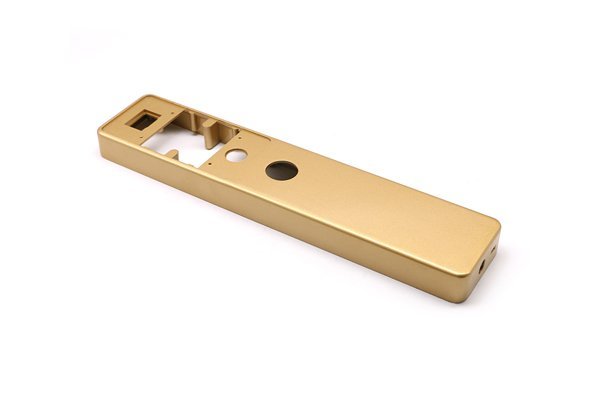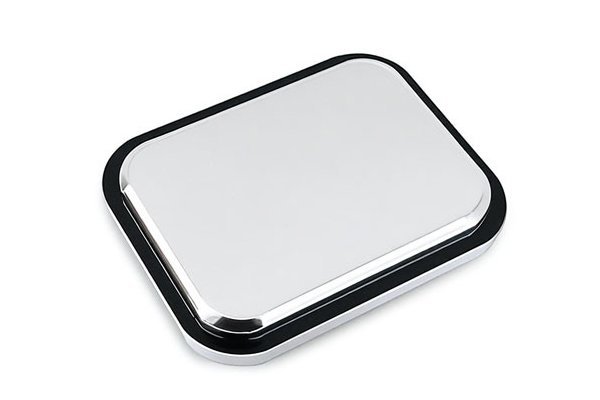In the dynamic world of CNC machining, the interplay between machining processes and post-process treatments holds immense significance. One critical phase that profoundly impacts the outcome of machined components is heat treatment. At YL Machining, we recognize that understanding the heat treatment process is essential for producing high-quality machined parts that meet the exacting demands of various industries. This article delves into the intricacies of how heat treatment can influence the quality of CNC machined components, exploring the underlying principles, various methods, benefits, challenges, and industry applications.
Understanding Heat Treatment
Heat treatment is a controlled process that alters the microstructure of metals and alloys through the application of heat, followed by cooling. This process modifies the physical and sometimes chemical properties of a material, enhancing its mechanical characteristics and overall performance. The primary objectives of heat treatment include achieving desired hardness, improving wear resistance, relieving internal stresses, and enhancing ductility.
The heat treatment process typically involves four significant stages: heating, soaking, quenching, and tempering. Each stage plays a crucial role in determining the final properties of the machined parts.
Heating
The initial stage involves raising the temperature of the material to a predetermined level. This step allows for the transformation of the alloy’s microstructure. For instance, in ferrous alloys, heating may promote the formation of austenite, which facilitates subsequent hardening processes.
Soaking
Once the desired temperature is reached, the material is held at that temperature for a specific period. Soaking allows for the uniform distribution of temperature and ensures that all areas of the component achieve the same microstructural characteristics. The soaking duration varies based on the type of material and desired outcome.
Quenching
Quenching is the rapid cooling of the material, often performed by immersing the component in a liquid medium such as oil or water. This rapid cooling induces phase transformations in the material’s microstructure, leading to increased hardness. However, quenching can also introduce residual stresses that may impact machining quality if not adequately managed.
Tempering
To relieve residual stresses and reduce brittleness, tempering is performed following quenching. This involves reheating the material to a lower temperature, allowing some of the hardness gained from quenching to be tempered down, consequently enhancing toughness and ductility.
The Impact of Heat Treatment on CNC Machining Quality
The heat treatment process can substantially affect various aspects of CNC machining quality, including dimensional accuracy, surface finish, tool wear, and overall mechanical properties of the final component. Each of these factors contributes to the performance and reliability of the parts manufactured.
CNC machining demands high precision, and the heat treatment process can influence dimensional accuracy. During heating and quenching, materials often expand and contract. This thermal deformation can lead to dimensional changes that, if not adequately controlled, may lead to out-of-specification parts. It’s crucial for manufacturers like YL Machining to implement rigorous quality control measures and account for thermal distortions when programming CNC machines.
To mitigate these effects, additional machining may be necessary after heat treatment to achieve the desired dimensions. Although this adds time and cost to the manufacturing process, it ensures compliance with specifications, especially for complex geometries where even minor discrepancies can result in failures.
The surface finish of machined components is paramount in determining their aesthetic appeal and functional performance. Heat treatment can affect surface quality; for instance, the quenching process can induce surface hardening, improving wear resistance but potentially leading to a rougher finish.
To optimize surface quality, CNC machining may incorporate processes such as grinding or polishing post-heat treatment. By employing a combination of heat treatment and secondary finishing operations, YL Machining can produce components with both high durability and excellent surface aesthetics.
The selection of heat-treated materials can influence tool wear during the CNC machining process. Hardening increases material strength but can also challenge the cutting tools used. Higher hardness materials often necessitate the use of specialized cutting tools made from harder materials, such as carbide or ceramic.
Understanding the wear characteristics of the materials being machined allows YL Machining to select the appropriate tooling. This, in turn, enhances machining efficiency and extends the lifespan of the tools, ultimately contributing to cost savings.

The most notable impact of heat treatment lies in the enhancement of mechanical properties. Heat-treated components typically exhibit improved hardness, tensile strength, toughness, and fatigue resistance. For instance, quenched and tempered steel parts are frequently utilized in high-stress applications such as automotive and aerospace industries due to their excellent strength-to-weight ratio.
By effectively tailoring the heat treatment parameters—such as temperature, duration, and quenching medium—YL Machining can achieve specific mechanical properties that align with customer requirements. High-quality CNC machining, combined with precision heat treatment, therefore ensures that components meet or exceed their intended use requirements.
Challenges in Heat Treatment for CNC Machined Parts
While heat treatment can significantly enhance CNC machined components’ quality, it is not without challenges. Manufacturers must navigate issues such as distortion, cracking, and residual stress, which can jeopardize the quality of machined parts.
Distortion is one of the most common challenges during the heat treatment process. Variations in heating and cooling rates across different sections of a part can lead to warping or bending. To combat distortion, it is essential to optimize the heat treatment parameters and utilize fixtures that help maintain the shape during cooling.
Cracking often occurs due to the formation of residual stresses during rapid cooling, especially in high-hardness materials. Implementing a controlled quenching process, using slower cooling rates or transitioning to less aggressive methods (for example, oil quenching rather than water quenching) can help mitigate this risk.
Residual stress is an inherent consequence of heat treatment. Unmanaged residual stresses can adversely affect the machining process and the performance of the final product. Techniques such as stress-relieving heat treatments or shot peening can be implemented to reduce residual stresses prior to machining.
Industry Applications of Heat Treatment in CNC Machining
The need for heat treatment extends across various industries where precision and reliability are paramount. Below are some key sectors that leverage heat treatment in CNC machining.
In the aerospace industry, components are subjected to high levels of stress and extreme environmental conditions. Heat treatment is used extensively to increase the strength and fracture toughness of aerospace components, such as engine parts and structural elements. For example, aluminum alloys often undergo aging treatments to enhance their strength-to-weight ratio.
The automotive sector employs heat treatment to optimize parts like gears, crankshafts, and axles, which demand high strength and durability. Gear components often receive surface hardening treatments to improve wear resistance while maintaining core flexibility.
Components used in medical devices need to fulfill stringent hygiene and durability standards. Heat treatment helps improve the corrosion resistance and mechanical properties of surgical instruments and implantable devices, ensuring safety and performance.
In the oil and gas sector, the harsh operating conditions require materials that can withstand extreme pressures and temperatures. Heat-treated materials, such as high-strength steels, are employed for drilling tools and pipeline components to enhance reliability.
The significance of heat treatment in CNC machining cannot be overstated. By effectively applying heat treatment processes, manufacturers like YL Machining can significantly enhance the quality of machined components, ensuring they meet the rigorous demands of various industries. Understanding the relationship between heat treatment and machining quality is vital for optimizing production processes, reducing costs, and delivering superior products.
As industries continue to evolve, the role of heat treatment in improving mechanical properties, dimensional accuracy, and surface finish remains paramount. For manufacturers, keeping abreast of advances in heat treatment techniques and their integration with CNC machining processes will be essential for maintaining competitive advantage in the increasingly demanding marketplace.
In our ongoing journey to deliver excellence at YL Machining, we are committed to leveraging the latest advancements in heat treatment and CNC technology. We believe that by combining expertise in both areas, we can achieve the highest levels of quality and performance for our clients’ components—and ultimately, their applications. If you have any further inquiries or require assistance with your CNC machining and heat treatment needs, do not hesitate to reach out to us.
—






